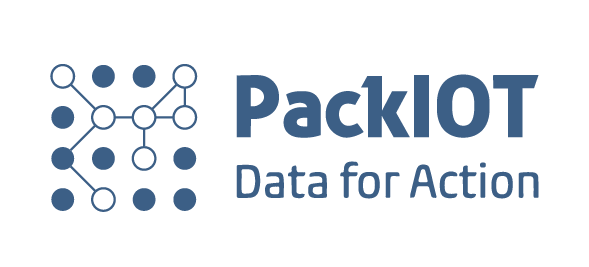By Mariana Costa, Marketing Specialist at PackIOT
It’s expected that at a certain moment of your plastic tube manufacturing business you will start wondering when is the right time to hire a remote service from a software company and how to do so.
In one of the previous blog posts we had the chance to share with you an International Labour Organization study, in 2017, entitled: “Working anytime, anywhere: The effects on the world of work”. Long story short, this study shares very interesting data on how the model of remote work is influencing how companies are hiring professionals and project teams.
Our goal with this post is to give useful information on how to proceed with the buying process of a software service, from the searching and finishing, including the project deployment in your plastic tube factory.
A remote software company can be seen as a remote enterprise that offers a service beyond physical borders. Companies that follow this model do the majority of the work remotely with occasional local visits when needed. Now, we are ready to give you the list you will need to have with you:
1_Freelancers might not be the best long-term solution
While they offer affordable options and technological solutions, freelancers don’t offer the same reliability as formal software companies, in the manufacturing and technological context. The lack of reliability can be a turn-off when thinking of implementing a long-term project in your plastic tube factory.
Hired through platforms like Asana or Fiverr, freelancers are professionals spread out around the world who deliver digital projects. The biggest challenge is to manage these workers, besides the accounting and legal challenges of hiring them. Companies, on the other hand, work with SLA agreed by contract, which guarantees clear rules for both sides.
2_A revolution called SaaS
Software as a Service (SaaS) is a model of software distribution. In this case, the software supplier is responsible for all the structures needed to make the system available to the client. This includes servers, connectivity, privacy data and information security. The client has access to the software via internet connection, paying a periodic fee for the service.
The SaaS model offers more flexibility and these systems are accessible from multiple devices through a client interface on a client-server model network. In this case, the user does not manage specific and individual features except for some key configurations. Therefore, the developers focus on constant updates towards an agile development of software systems.
But what advantages would your plastic tube manufacturing business have with a SaaS that doesn’t have with the traditional software solution?
- The flexibility and support for the maintenance of the system, allows you more time to focus on key points of your manufacturing business.
- Gradual approach to implementation, starting with few licenses and expanding as you get a positive return on your investment, reducing the risk of the investment.
- It allows you to increase or reduce licenses over time, according to the needs of the business.
- The implementation can be done with little dependence on the company’s IT teams.
- Cost and time saving since it is possible to complete the process on a remote basis.
3_How to find a reliable remote software company for your plastic tube manufacturing business?
The journey to find a software company that can meet your needs and fit in all your requirements can be long and challenging. There are always the most common options such as making use of our network, LinkedIn groups and peers from other companies.
Nevertheless, there is one important thing to keep in mind. Adopting a contract with a software company to help you on your plastic tube manufacturing business can be key to your differentiation strategy in the market. This is obviously important as it can be an opportunity to set your business apart from the competition, ensuring your competitive advantages.
Today we are lucky to have a tool like Google which became the most viable and fastest solution. Once you identify the main pain points your factory is going through, you are set on the right track to find the tool you’re looking for. For example “How to measure OEE in manufacturing” or “how to measure performance per shift” or “production analysis in real-time”.
Surely, you will start to go through some companies who are specially dedicated to solve the pain points mentioned. How can you be sure of this? Through the contents they publish! How helpful are those to your doubts, questions and challenges?
Do you know how to identify from where the main inefficiencies in your production are coming and how well is your organization performing in terms of OEE and so on?
Let’s talk and discuss this exciting topic in more detail! We will be happy to help you minimize waste, improve process quality, reduce production time and overall cost. Let’s do it together!




